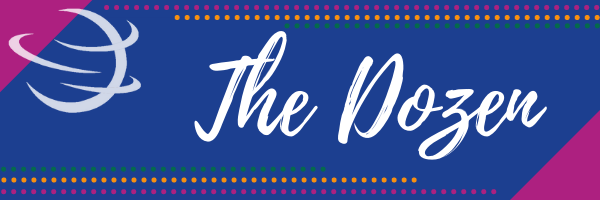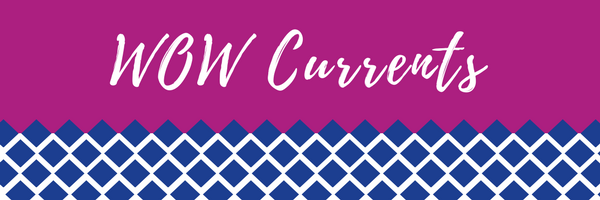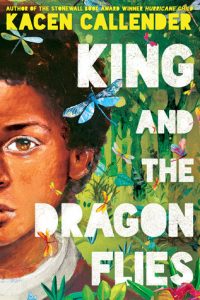Angelica Serrano, Tucson Unified School District, Tucson, AZ
A Dozen Books Celebrating Children’s Voices and their Impact is a set of twelve books, both picturebooks and graphic novels, that embrace and celebrate the voices of children across the globe who have used their voices, creativity and thinking to make a change for themselves and others. This set honors World Children’s Day celebrated on April 30. To commemorate this special holiday, the dozen books selected here resonate the power found within each child as they learn about the world around them and themselves. Children have made tremendous changes for the world and this list commemorates the power that children have within them. We invite you to take a closer look at these books and encourage you to embrace the depicted voices of these children into your hearts as we celebrate their impact on the world. We hope that as you browse through these titles you will be inspired to share them with your children, classrooms, fellow educators and communities so that children’s voices can be known and heard. Children are our greatest teachers and there is so much we can learn from them. It is imperative that we invite children to continue to inspire others with what they have to say. Continue reading



